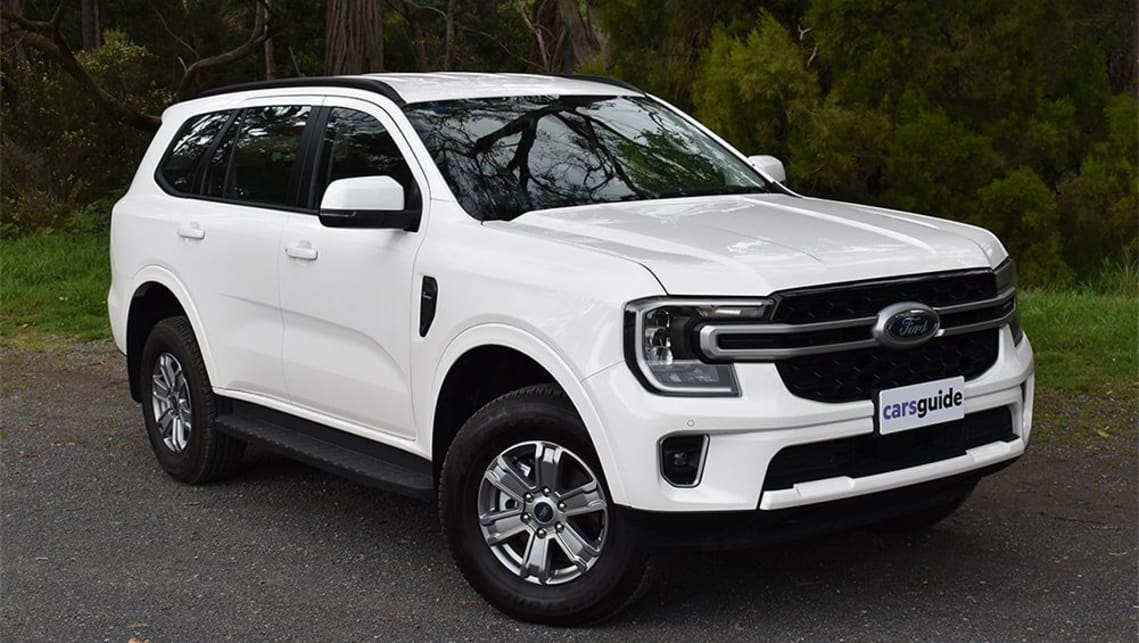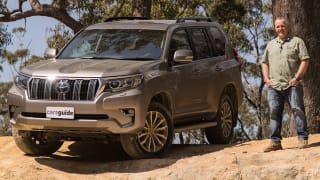Our test vehicle is the Everest Ambiente 4x2, which is available only with a 2.0-litre 'Bi-Turbo' diesel engine and 10-speed automatic transmission for a list price of $53,490.
In standard 'Arctic White' paint and five-seat configuration, this is the lowest-priced entry point to Everest ownership by a considerable margin, given it’s $5000 cheaper than the 4x4 Ambiente that occupies the next rung up the model ladder.
However, our example is fitted with the seven-seat option ($950), which adds a third row of seats with additional roof-mounted air vents to match.

Ours is also fitted with Ford’s optional Towing Pack ($1700) comprising tow-bar, 12-pin plug and electronic trailer-brake controller. Together, these two options add $2650 to the price tag - yet that’s still cheaper than a standard 4x4 Ambiente.
So, the 4x2 is base camp for Everest climbers, but that doesn’t mean it misses out on desirable features. These include chunky 17-inch alloys and 255/70 R17 tyres with a full-size steel spare, full LED lighting including front fog lights and signature 'C-clamp' daytime running lights, black side-steps and black roof rails.

The interior offers stylish patterned-fabric seating, eight-way manually-adjusted driver’s seat including lumbar support, height-and-reach adjustable steering wheel, electronic parking brake, 60/40-split rear seat with adjustable backrests, wireless phone-charging, three 12-volt power outlets and two front USB ports.
There’s also dual-zone climate control and an 8.0-inch configurable colour instrument display for the driver, plus a big 10.1-inch colour touchscreen in the central dash.
This controls multiple vehicle functions including the eight-speaker multimedia system, with connectivity that includes 'FordPass Connect' and Apple/Android devices.
























